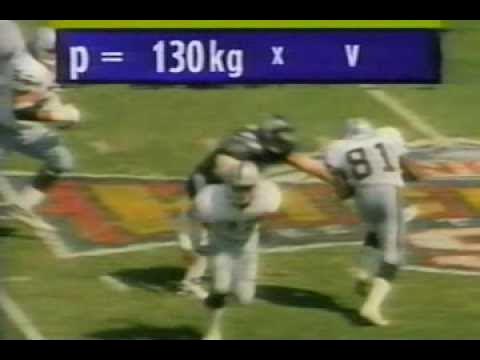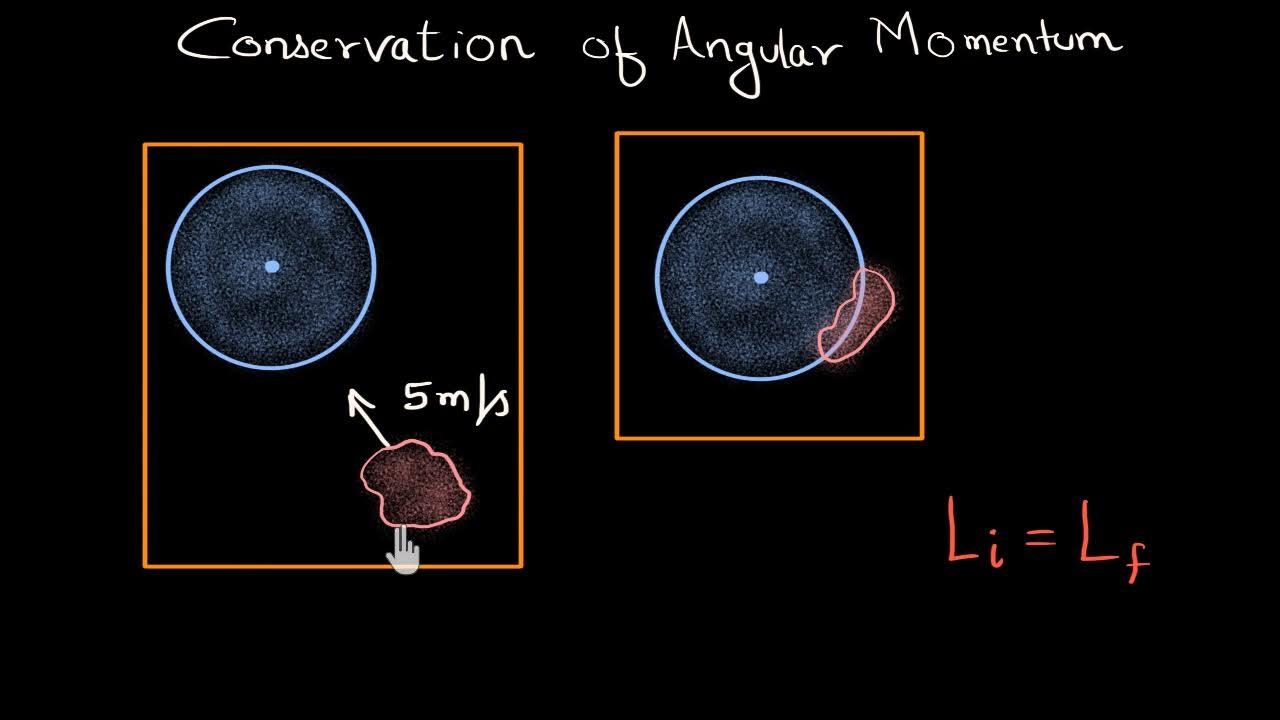Conservation of Momentum | Elastic and Inelastic Collision | Grade 9 Science Quarter 4 Week 4
Summary
TLDRIn this educational video, the concept of conservation of momentum is explored through various examples and scenarios. The video begins by explaining that momentum, a vector quantity dependent on mass and velocity, remains constant when no external force is applied. It emphasizes the importance of understanding both the law of conservation of momentum and Newton's third law of motion when analyzing interactions between objects. The script delves into real-world examples, such as billiard balls and children on skateboards, to illustrate how momentum is transferred without loss during collisions. A sample problem involving ice skaters is solved step by step, demonstrating how to calculate final velocities using the conservation of momentum principle. The video concludes with a discussion on different types of collisions, distinguishing between elastic collisions, where kinetic energy is conserved, and inelastic collisions, where kinetic energy is transformed into other forms. The lesson is designed to provide a clear understanding of how momentum is conserved in closed systems and how it applies to everyday phenomena.
Takeaways
- 📚 The law of conservation of momentum states that in a closed system, the total momentum before and after a collision is equal.
- 🏓 When billiard balls collide, there is no gain or loss of momentum; the momentum is conserved as it is transferred from one ball to another.
- 🔵 Newton's third law of motion is integral to understanding momentum conservation, stating that every action has an equal and opposite reaction.
- 🎯 Momentum is a vector quantity, which means it has both magnitude and direction, affecting how it is transferred between objects during collisions.
- 🚫 In the absence of an external force, the momentum of an object or system remains constant.
- 🤸♂️ Two children on skateboards pushing off each other is an example of a system where momentum is conserved, with the forces exerted being equal in magnitude but opposite in direction.
- 🧮 To solve for the final velocities in a momentum conservation scenario, one can use the formula for momentum (mass times velocity) and apply the principle that total initial momentum equals total final momentum.
- ⚖️ Mass and weight are different; mass is the amount of matter in an object, while weight is the force of gravity on that object.
- 🚀 Real-world examples of momentum conservation include the recoil of a bow when an arrow is shot and the exhaust force propelling a rocket forward.
- 💥 Collisions can be elastic, where kinetic energy and momentum are conserved, or inelastic, where kinetic energy is not conserved and can be converted to other forms of energy.
- 🪐 In an inelastic collision, objects may stick together after the collision, such as when asteroids collide and fuse to form a larger body.
- 📉 Kinetic energy may be lost during inelastic collisions, often manifesting as heat, sound, or light due to the conversion of energy into different forms.
Q & A
What is the main topic of the lesson?
-The main topic of the lesson is the conservation of momentum.
What is the first learning objective of the lesson?
-The first learning objective is to explain energy transformation in various activities or events and infer that the total momentum before and after a collision is equal.
What is the law of conservation of momentum?
-The law of conservation of momentum states that in a closed and isolated system, the total momentum of the objects before and after a collision is equal.
What is Newton's third law of motion?
-Newton's third law of motion states that for every action, there is an equal yet opposite reaction, implying that when two objects interact, they exert equal forces on each other.
How is momentum defined?
-Momentum is defined as a vector quantity that has both magnitude and direction, and is the product of an object's mass and velocity.
What happens to the momentum of billiard balls when they collide with another ball?
-When billiard balls collide with another ball, there is no gain or loss of momentum. The momentum of the billiard balls is conserved, meaning the total momentum before and after the collision remains the same.
What is the relationship between mass and weight?
-Mass is the amount of matter an object contains, while weight is the force of gravity that acts on an object. Weight is calculated as the product of mass and the acceleration due to gravity.
In the sample problem with the ice skaters, why does the girl have a different velocity than the boy after they push off?
-The girl has a different velocity than the boy because they have different masses. Despite having equal momentum, their velocities differ due to their mass difference.
What is an elastic collision?
-An elastic collision is a type of collision in which the total kinetic energy of the system does not change, and the colliding objects bounce off after the collision without any energy loss.
What is an inelastic collision?
-An inelastic collision is a type of collision in which the total kinetic energy of the system changes, often being converted to other forms of energy. Objects that stick together after the collision are examples of a perfectly inelastic collision.
What is the significance of the negative sign in the final velocity of the girl in the sample problem?
-The negative sign in the final velocity of the girl indicates the direction of her motion, which is opposite to the direction of the boy's motion, as per Newton's third law of motion.
Why is it important to consider the vector nature of momentum?
-It is important to consider the vector nature of momentum because both magnitude and direction are crucial for understanding the conservation of momentum in a system, especially during interactions and collisions.
Outlines

此内容仅限付费用户访问。 请升级后访问。
立即升级Mindmap

此内容仅限付费用户访问。 请升级后访问。
立即升级Keywords

此内容仅限付费用户访问。 请升级后访问。
立即升级Highlights

此内容仅限付费用户访问。 请升级后访问。
立即升级Transcripts

此内容仅限付费用户访问。 请升级后访问。
立即升级浏览更多相关视频

Fisika SMA - Impuls & Momentum (3) - Hukum Kekekalan Momentum (I)

FISIKA KELAS X | MOMENTUM, IMPULS, dan TUMBUKAN (PART 2) - Hukum Kekekalan Momentum

Introduction to Momentum, Force, Newton's Second Law, Conservation of Linear Momentum, Physics

Running with Momentum

Fisika kelas 11 | Dinamika rotasi dan kesetimbangan benda tegar (part 1)

Conservation of angular momentum (Hindi)
5.0 / 5 (0 votes)
